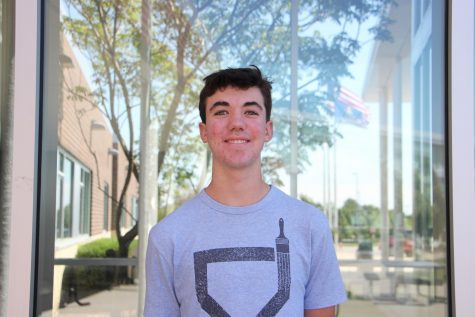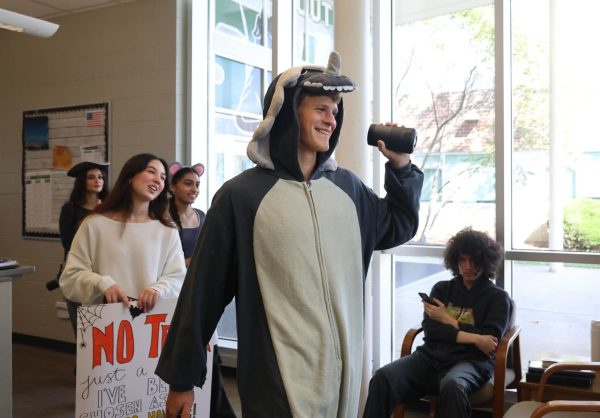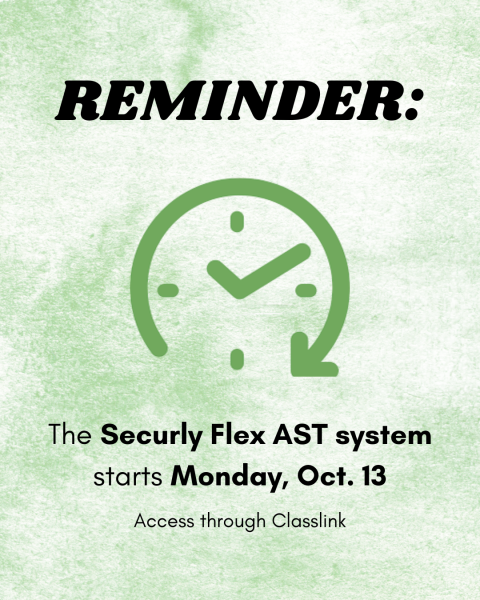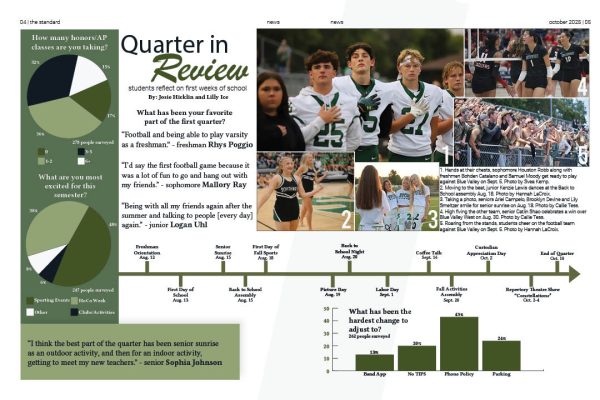Life is Precious
Editor’s note: This article includes discussion of suicide, depression and mental health issues that may be troubling for some readers.
Students in the Blue Valley School District are becoming all too accustomed to hearing about the death of a fellow classmate, teammate or best friend.
Five students in the Blue Valley district died by suicide between the spring of 2017 and spring of 2018, according to a December 2018 Huffington Post article. Teen suicides plague Blue Valley, but it is a nation-wide problem.
“There is a lot more pressure on students to be successful, to have a life plan, to have some sort of a passion at 14 years old, and some people just don’t have that,” counselor Kelli Baucom said.
Baucom said she and the rest of the counseling department is available for students to address difficult situations. However, sophomore Emma Payne said it can be difficult for some students to relate to a counselor.
“It’s not a comfortable place because you’re not there a lot so you don’t have a connection with them,” Payne said.
Baucom said for those students who don’t feel comfortable talking with a counselor, they will work with students to identify a trusted adult who can help during difficult times.
“If your trusted adult is a coach, if your trusted adult teaches English or science or business or is one of the custodians or paraprofessionals — go to your adult, and your adult will help you with the next steps,” Baucom said.
Junior Austin Yarbrough said he thinks the school has taken steps to help prevent teen suicides, but believes more action must be taken. Yarbrough suggested using advisory as a time in which students could learn about managing stressors.
“I think they could come in and evaluate more on how you’re doing as a person and they could see if you are in need of help,” Yarbrough said. “Like [your] social well-being.”
Baucom said the school is partaking in multiple suicide prevention programs, including Zero Reasons Why and Sources of Strength.
“Sources of Strength is really kind of an up-stream program for suicide prevention that looks at how [to] build those areas of strength, and those protective factors around students early, so that when there is trouble, they know where to go,” Baucom said.
Both of these programs work to remove the stigma surrounding suicide conversations, in addition to educating the student body and building community support.
“I think students sometimes can think that the adults around them have never struggled, and so when we can share those experiences and be able to say, ‘Hey, yeah, I’ve felt that way too and here’s what I did,’” Baucom said. “Because mental health can be really, really isolating; your brain is really powerful, it can pull some pretty crazy tricks on you and make you feel as if you’re the only one who’s ever had a hard time, who’s ever struggled with that issue, who’s ever not known what to do in a certain situation.”
The feeling of isolation can be exacerbated by the actions of other students, even without intentions of causing harm Payne said.
“A lot of people joke about it, like it’s a joke or not something serious, and so the people who actually have those feelings, they think that people are just going to laugh at them and it’s not going to be taken seriously, so they just think, ‘What’s the point in sharing?’” Payne said.
Mental health issues can happen to anyone, and it’s often difficult for students to empathize with those who are struggling Yarbrough said. He’s learned that keeping perspective is the best way to cope and understand what’s going on with your friends.
“I think that if you’re not good friends with somebody that you know has committed suicide, that it doesn’t really affect you as much as it would somebody else, and I think you would learn that people would teach you perspective of what’s actually going on in their life,” Yarbrough said.
In accordance with the Jason Flatt Act (2016), the school has a crisis plan to deal with a possible suicide, and every personnel member is trained about what to do in the situation. Even with the precautions and training followed by teachers, adults are often the last to hear about a struggling student.
“A lot of times students are the first to know when something’s not right with one of your friends,” Baucom said. “If a friend is asking you to promise not to tell when it comes to mental health, that’s real high on the list of why you should tell somebody.”
If help is not given to a student, the feeling of hopelessness can grow until the opportunity to help is no longer available.
“Just be aware of what’s going on with students and if you see a problem, like a kid is bullying another or something like that, step in,” Payne said. “Don’t wait until it’s too late.”
Yarbrough said an important first step to prevent further student deaths is to start talking about suicide and educating the community about mental health.
“Life is precious, so live every day to your fullest and you should never hurt anybody,” Yarbrough said. “You need to treat them with respect because you don’t know what is going on in their life, so you should just respect them as a person.”
| keithansharp







